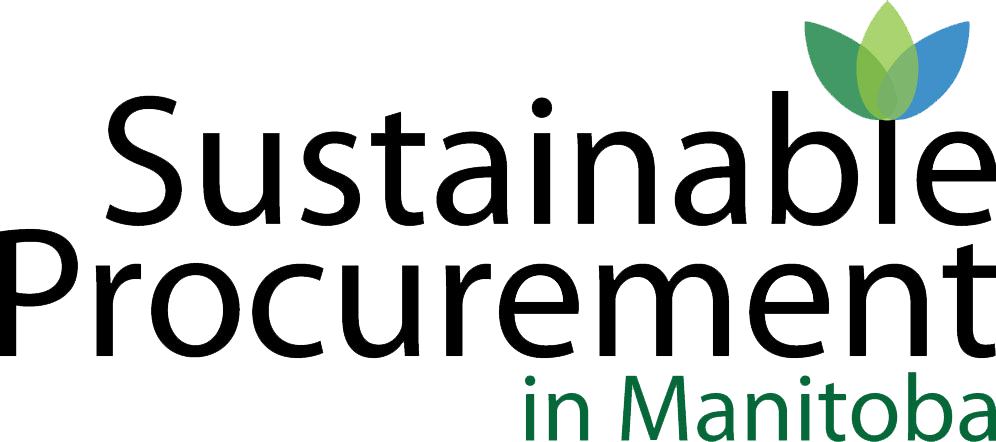You are here
Parking Lot & Zone Marking Pavement Paint
| Navigation: Minimum Sustainable Recommendations | What are the Issues? | What are the options? |
Minimum Sustainable Recommendations
Request the contractor meet the following requirements when painting parking lots and pavement zone markings:
- Preference for the use of airless equipment and the application of latex (water-based) paints
- Ensure paint is applied using manufacture temperature recommendations.
- Ensure there is adequate time for paint to adhere to surface and completely dry.
- Latex paints used for parking lots and zone markings must have at least one of the following third-party certifications:
- Master Painters Institute Green Performance Standard 2
- Master Painters Institute Green Performance Standard 1
- If solvent-based or alkyd paints are used, the maximum concentration of volatile organic compounds (VOCs) in paints shall not exceed 151 g/L.
- Solvent-based or alkyd paints must not contain chemicals of concern including mercury, cadmium, methylene chloride, hexavalent chromium, and lead.
- The contractor must only provide the amount of paint necessary for the project.
- Paints should only be applied outdoors and/or well-ventilated indoor parking lots.
- The paint(s) selected must adhere to both asphalt and concrete.
Other things to consider:
Consider parking lot and zone marking paints with the following additional attributes:
- USDA Biobased Certification (focused on the amount of renewable content in products)
- UL EcoLogo Certification (focused on reducing VOCs)
- Products containing recycled content
Provide information in the bid document to ensure vendor compliance with product labelling requirements in accordance with The Workplace Safety and Health Act and Health Canada Environment and Workplace Legislation.
To minimize greenhouse gas emissions and solid waste production, the contractor should be encouraged to develop sustainable delivery strategies:
- Product delivery consolidations
- Efficient transportation logistics
- No idling of vehicles
- Use of fuel-efficient delivery vehicles
What are the issues?
Paints are manufactured using a wide range of organic and inorganic materials. They can contain components that adversely impact the environment at different stages of its life cycle, releasing solvents and toxic substances during paint manufacturing, application, coating and disposal.
Oil based paints of a century ago were coloured by pigments made from heavy metals such as mercury, lead and arsenic. Information about the health effects associated with exposure to these metals is well documented and today they are no longer acceptable ingredients in paint. Today, many paint manufacturers are focusing their attention on another component of traditional paints that cause environmental and health impacts, the use of petroleum-based solvents.
Petroleum-based solvents, also known as VOCs, are added to paint to bind and disperse the colour pigments and carry the paint from the can to the surface. The solvents then evaporate into the air while the paint is drying, leaving the coloured film on the surface. The type and amount of solvent added to paint varies with the type and brand of paint.
Painting a large area with these high solvent-based paints may often lead to inhalation exposure for people applying the paint. Those spending time in these freshly painted areas may experience headaches and other adverse health effects. Some solvent types found in paint such as benzene, toluene and formaldehyde have been linked to eye, nose and throat irritation, nausea, headaches and cancer.
In addition to the health issues, VOCs also react with oxygen in the presence of sunlight to form ground level ozone. VOCs are a type of greenhouse gas and result in greenhouse gas emissions. Industries such as automotive and furniture industries often include emissions from paint applications in their greenhouse gas inventory.
What are the options?
To reduce the harmful impacts associated with parking lot and zone marking pavement paint, water-based (latex) paints are now commonly used as alternatives to solvent-based paint. Water-based paints contain synthetic binder which behave like solvents, carry and disperse the colour pigments onto the pavement. The water then evaporates into the air while the paint is drying. Water-based paints used for parking lots and zone markings contain much less VOCs (up to two-thirds less) than its solvent-based counterparts.
To make it easier for businesses to buy sustainable paints used for parking lots and zone markings, third-party certifications have been developed to reduce their impacts. These certifications restrict chemicals of concern (COC) in products (e.g. mercury, methylene chloride, hexavalent chromium, lead, etc.), limit VOC content and emissions, and/or require products to meet performance standards. Third-party certifications include:
- MPI Green Performance Standard 2 (GPS-2)
- MPI Green Performance Standard 1 (GPS-1)
For bid documents associated with parking lot and zone marking paint, show preference for the use of latex paints with the third-party certifications noted above.
Sources:
- Master Painters Institute, Approved Products List: Traffic Marking Paint, Latex
- Master Painters Institute, Approved Products List: Traffic Marking Paint, Alkyd
- New York State, Approved EO4 Specification: Pavement Marking Paint
Last updated: June 2021
Theme by Danetsoft and Danang Probo Sayekti inspired by Maksimer
